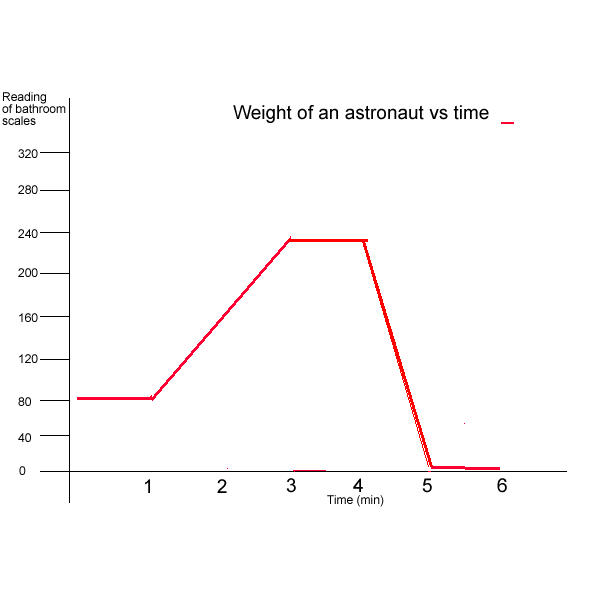Acceleration and weight
As
we read earlier in this chapter, astronauts feel increasingly heavy
as the Shuttle accelerates off the launch pad. If they were standing
on a electronic scale they would notice themselves slowly gaining weight
as the acceleration slowly increased. As the acceleration increases
so does the weight of the astronaut. The Shuttle's engines are controlled
so that a maximum of 3Gs is achieved. One G is the force of gravity
so at 3Gs the astronaut is three times as heavy.
That is not to say that the astronaut has three times their original
mass. Mass is the amount of matter or substance an astronaut is made
up of. This does not change. However, weight is the force with which
gravity pushes the astronaut downwards and this changes with acceleration.
You would have experienced changes in weight if you have taken a ride on a roller coaster in a theme park. As you fall you feel lighter but as you climb steeply you feel heavier.
Stephen took a ride on a rocket that traveled only a few hundred kilometres. He stood on a electronic scale that was wired to sensors to record his weight. The graph was plotted below.

Consider the graph above.
How long does the rocket stand on the launch pad?
What is Stephen's weight?
At how many Gs is the rocket accelerating between 3 and 4 minutes?
When is the rocket at free fall? Explain why you selected this time frame
During what time is the acceleration changing most rapidly? Explain.